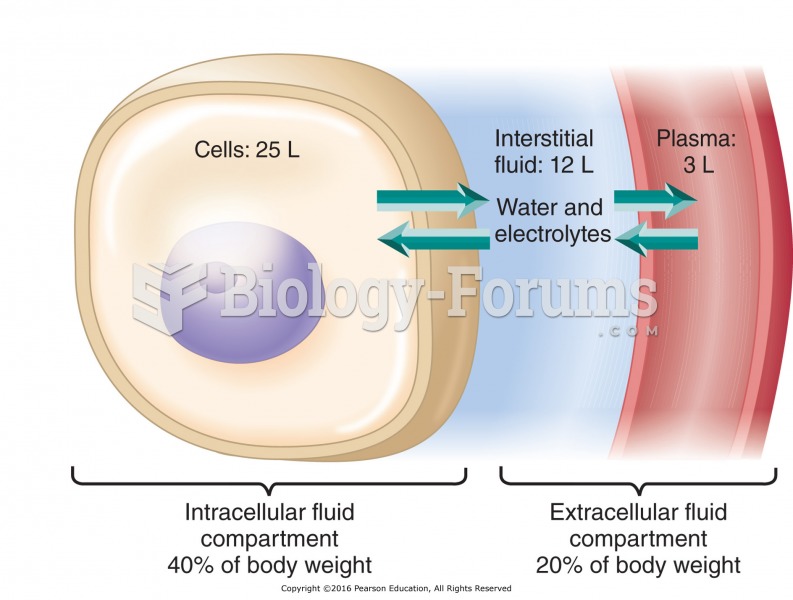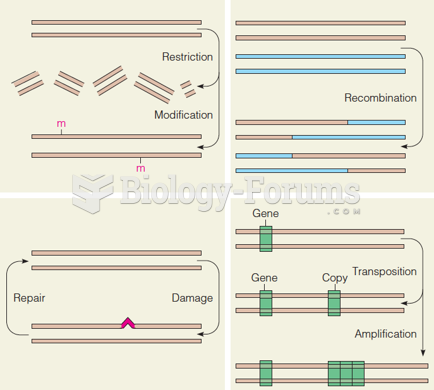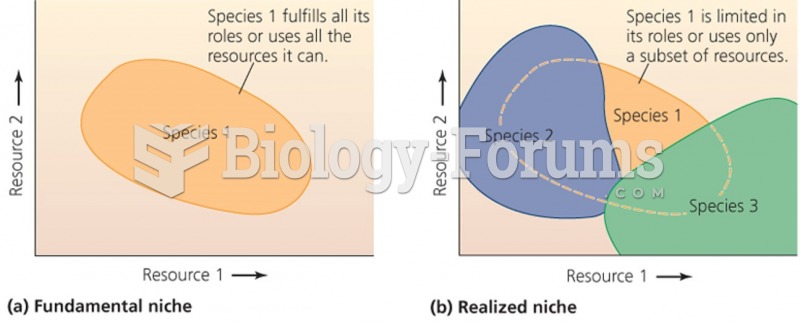Answer to Question 1
ANSWER:
True
Answer to Question 2
ANSWER: balances, weights, scales
bingo cards
blocksLegos, wooden table blocks, parquetry blocks, and pattern blocks
board games
countersUnifix cubes, base10 blocks, plastic animal shapes, popsicle sticks,
straws, and beads in various colors and sizes calendar
calculators
cans or egg cartons, with numbers on them to put a matching number of objects into
childrens socks, shoes, mittens, and gloves, to match in pairs
clocks with numbers (not digital)
computer software that allows children to interact with math concepts
geometric boards (geoboards): to manipulate rubber bands or elastic loopers to form shapes or designs
magnetic boards with plastic numerals measuring cups, spoons, and pitchers
milk cartons to demonstrate liquid measures and relationships between half- pints, pints, quarts, and gallons
number strips and counting boards
objects to count, sort, and classify, such as buttons, paper clips, pennies, colored cubes, bottle caps, aluminum washers, colored plastic clothespins, empty spools, shells, Popsicle or craft sticks, keys, bread tags, and nuts and bolts
puzzles
rulers, yardsticks, and measuring tapes sandpaper numerals
self-help skill forms (buttoning, zipping, and tying)
shape puzzles and flannelboard characters, such as circle, square, rectangle, triangle, cone, sphere, cube, cylinder, oval, diamond, star, and heart
stacking, nesting, and sorting boxes/blocks storage containers in graduated sizes
table games, such as parquetry blocks, pattern blocks, card games, and dominos telephones
thermometers (outside)
timer
unit, hollow, shape, and table blocks, which offer opportunities to learn about balance, measurement and estimation, width, height, length and dimensionality, size relationships, and how shapes fit into space
wooden pegboard and pegs







